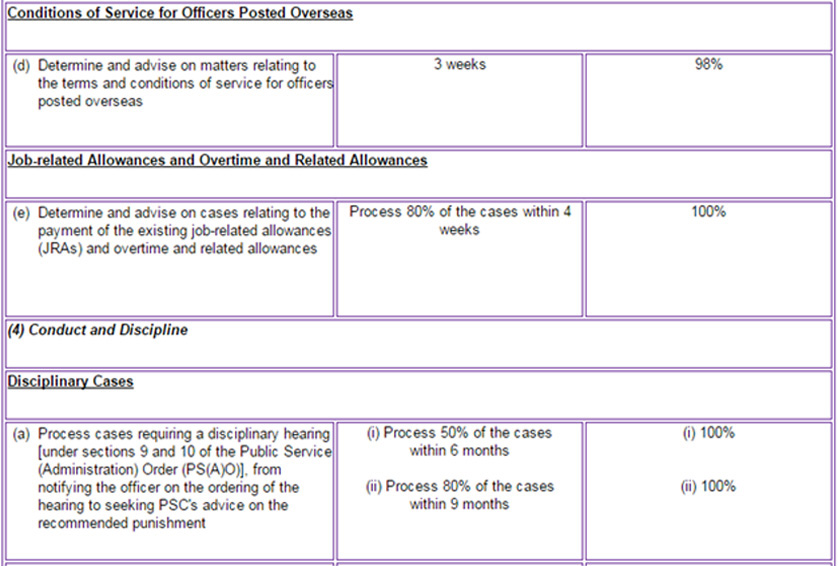Managing performance within the Government of the Hong Kong Special Administrative Region – Performance in the Civil Service Bureau
“To foster a dynamic, visionary and knowledge-based Civil Service, which delivers quality service to the community through a clean, trusted, respectable and fulfilled workforce.” This is the Civil Service Bureau’s vision, established in order to contribute to the development of a performant, engaging administration.
The Bureau is one of the 12 policy bureaus under the Government Secretariat of the Government of the Hong Kong Special Administrative Region. Its main responsibility is the proper management of the Civil Service department, which includes among others, staff management and conditions of service. With approximately 600 employees, the Bureau has to permanently maintain an effective and sustainable civil service, apt to respond to the community’s changing needs.
How well the Bureau manages the assigned tasks is the subject of the performance review, which takes place on a regular basis. For the 2013-2014 period, the Bureau managed to achieve its targets in 87.5% of the cases.
The Bureau is in charge of 3 services, in which they are expected to deliver performance: to the public, to the other bureaus in the Government and to the former civil servants. Each of these services is further divided into key areas of interest, which have a specific time frame they have to reach.
In the following table, the Bureau’s performance is presented in terms of:
- subsistence allowance;
- conditions of service for officers posted overseas;
- job-related allowances and disciplinary cases.
For each of them, the actions that need to be taken, the deadlines and the actual results are clearly specified.
For example, in what concerns the conditions of service, the Bureau has to offer its expertise and advice on matters related to the subject in maximum 3 weeks. The actual result was that the Bureau managed to achieve this target in 98% of the cases.
The Bureau has identified 32 such areas where it measures the achieved performance. Even if the efforts towards having more control upon its main responsibilities are considerable and the results are good, in terms of figures obtained, a rigorous approach towards performance management is missing.
The actual architecture has no Key Performance Indicators (KPIs) attached, which leads to a loss of focus. For instance, to better monitor whether the Bureau has successfully managed to offer its advice on conditions of service, KPIs such as “# Time to offer advice”, “% Advices provided on time” and “% Advices that were implemented” can be used. Having targets for each of these KPIs and having them monitored more often, for example on a monthly basis, will certainly increase the Bureau’s performance.
If the restructuring of the actual architecture is continued, the 3 services that are now seen as clusters can be translated into Balanced Scorecard perspectives:
- The services provided to the public – can be converted into the Customers perspective;
- The internal services provided to bureaus in the Government – can be seen as Internal processes;
- The services provided to former civil servants – can become part of the People & Growth perspective, which mainly tracks employee related issues.
To these three, the Financial perspective can also be added, in order to monitor the financial impact that the undertaken activities have upon the Bureau. In this way, a complete Balanced Scorecard is obtained. To set objectives, the entity has to convert the areas of interest under each service into actionable statements, linked to its vision.
With all these steps taken towards a better implementation of the performance management system, the Civil Service Bureau can better serve the Government it is part of, delivering its services at a higher quality.
References:
- Civil Service Bureau (2014), Performance pledges
- Civil Service Bureau (2012), Vision, mission and core values of the Civil Service Bureau
- Civil Service Bureau (2012), Introduction
Image sources:

Tags: Government performance, Performance in Hong Kong, Performance Management, Public sector






